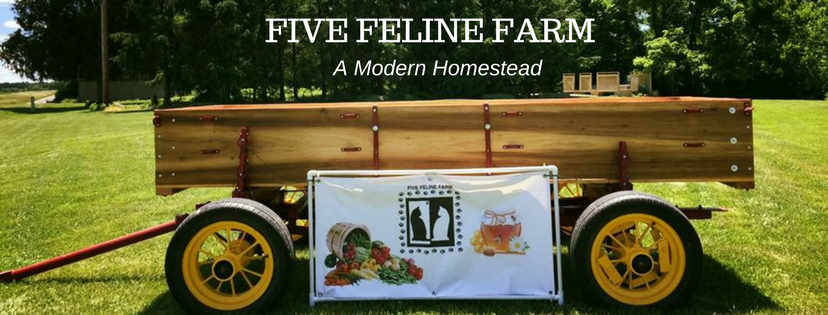If you have been listening to our podcast Farm Chatter over the past few weeks, you know we have been focused on ridding the house of clutter. (If you haven’t heard one yet, check out Episode 102-The Declutter Report.) One of those decluttering tasks was to purge old financial records.
Does anyone else have trouble throwing out bank statements?
Paid credit card statements?
Old utility bills?
How about the maintenance agreement on a product you no longer own? Ok, that one is easy.
But those old financial records are a different matter.
Set Up Your Own Rules
Use a rule that makes sense to you about your financial records.
Our general rule is to keep tax returns forever; paid bills, bank statements and tax supporting documents for 3 years. Other things like maintenance agreements, operating manuals, etc. are only necessary while we own the item.
Everything else found in the bottom of a box in the back of a closet can go.
Who knew so much paper could accumulate?
After the financial record purge, a 3 foot high mountain of paper was stacked in the floor. No one wants to just throw these in the landfill. What if a page with sensitive personal data blows across the road to someone’s house?
Out comes the shredder.

We discovered after about 20 minutes of constant use, the poor little cross cut shredder would overheat. It took about 3 days of on-again, off-again shredding to get through the pile. Now the 3 foot high mountain is a huge stack of trash bags full of teeny-tiny, itty-bitty pieces of paper.

Now what?
These could go to the landfill now without fear of personal data scattering to the winds. But we feel an obligation to recycle.
This paper is now getting a second life around the Farm. It can go directly into the compost pile but can also be used in other ways.
How about in the bottom of transplant pots for new little seedlings?
It can also be used as a soil additive in raised beds to help with water retention. A 2 foot by 8 foot raised bed may accommodate 2 or 3 gallons of shredded paper. Pro tip: add a little at a time and mix thoroughly through the soil. Wait a week, then add more if necessary.
What can you do?
—Even if you don’t have such a mountain of paper to shred, you can use what you have. You can always wad up newspaper in the bottom of a flower pot before adding soil and plants. This helps reduce the amount of soil needed, makes the pot lighter weight (especially useful when re-potting large plants) and assists with water retention.
—Always think about recycling whenever possible.
For more information or tips about things to do at your place, follow us on Facebook, Twitter, or Instagram.

